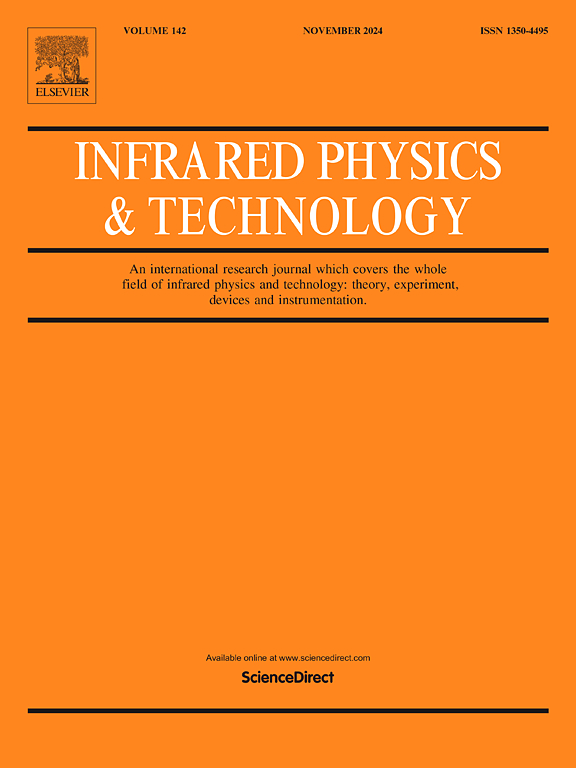Double filter noise reduction algorithm optimized by RBF neural network for laser absorption spectroscopy
IF 3.1
3区 物理与天体物理
Q2 INSTRUMENTS & INSTRUMENTATION
引用次数: 0
Abstract
Acetylene(C2H2) gas sensors are vital for monitoring the safety of atmospheric as well as industrial environments. In this paper, a high-sensitivity trace gas detection sensor for C2H2 has been developed using tunable diode laser absorption spectroscopy (TDLAS). As we known, the accuracy and sensitivity of TDLAS is largely limited by data noise as well as concentration inversion algorithms as a calibration-free gas detection technology. In order to solve this problem, a dual-filter noise reduction algorithm based on neural network optimization was proposed, which is applied in the process of spectral data processing and concentration inversion. The algorithm is initially tested by using simulated absorption spectra and compared with traditional single filter signal processing algorithms. Subsequently, experimental tests were carried out using standard-concentration gases as well as high-precision long-path gas absorption cell. The experimental results demonstrate that the proposed algorithm increases the signal-to-noise ratio (SNR) from 14.31 dB to 22.07 dB, a 7.76 dB improvement. The standard deviation of the inversion concentration is lowered from 12.53 ppm to 3.25 ppm, representing a 3.86 times improvement. Furthermore, Allan deviation results show that the data filtered according to the proposed technique has a detection sensitivity of 0.83 ppm at the optimal integration time of 19 s. These results demonstrate that the data processed by the algorithm can more precisely predict concentration values, providing significant support for increasing the performance of gas sensor systems.
求助全文
约1分钟内获得全文
求助全文
来源期刊
CiteScore
5.70
自引率
12.10%
发文量
400
审稿时长
67 days
期刊介绍:
The Journal covers the entire field of infrared physics and technology: theory, experiment, application, devices and instrumentation. Infrared'' is defined as covering the near, mid and far infrared (terahertz) regions from 0.75um (750nm) to 1mm (300GHz.) Submissions in the 300GHz to 100GHz region may be accepted at the editors discretion if their content is relevant to shorter wavelengths. Submissions must be primarily concerned with and directly relevant to this spectral region.
Its core topics can be summarized as the generation, propagation and detection, of infrared radiation; the associated optics, materials and devices; and its use in all fields of science, industry, engineering and medicine.
Infrared techniques occur in many different fields, notably spectroscopy and interferometry; material characterization and processing; atmospheric physics, astronomy and space research. Scientific aspects include lasers, quantum optics, quantum electronics, image processing and semiconductor physics. Some important applications are medical diagnostics and treatment, industrial inspection and environmental monitoring.

 求助内容:
求助内容: 应助结果提醒方式:
应助结果提醒方式:


